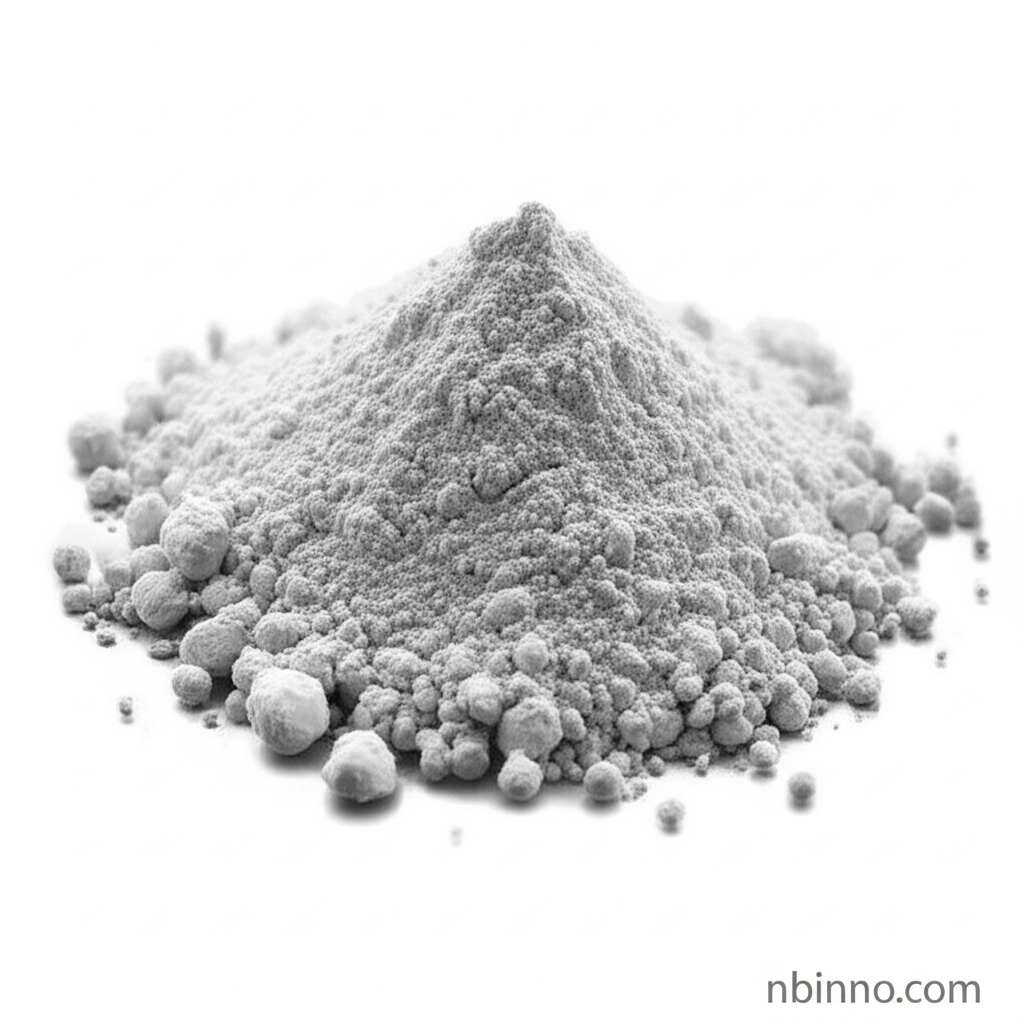N,N-Bis(2-hydroxyethyl)-p-phenylenediamine Sulphate: Key Properties and Applications
Exploring the role of this vital chemical intermediate in hair colorants and beyond.
Get a Quote & SampleProduct Core Value

N,N-Bis(2-hydroxyethyl)-p-phenylenediamine Sulphate
This compound serves as a crucial component in the formulation of permanent hair dyes and colorants. Its inherent properties as a reducing agent and antioxidant are vital for stabilizing dye formulations, preventing premature oxidation of intermediates, and ensuring the longevity and vibrancy of hair color. Beyond cosmetics, it exhibits potential in the pharmaceutical industry due to its beneficial antioxidant and anti-inflammatory characteristics, and also acts as a precursor in synthesizing various organic compounds.
- Discover the essential role of N,N-Bis(2-hydroxyethyl)-p-phenylenediamine sulphate as a reducing agent for hair dyes, ensuring consistent and effective coloring results.
- Learn about its significant function as an antioxidant in hair colorants, preserving product integrity and color efficacy.
- Explore the promising pharmaceutical applications of diamine sulphate compounds, leveraging their inherent antioxidant properties.
- Understand the factors driving the hair dye intermediate market growth, with a focus on demand for high-quality ingredients.
Advantages It Brings
Enhanced Color Stability
Leveraging its antioxidant capabilities, this chemical helps maintain the stability of hair color formulations, ensuring consistent results and a longer shelf life.
Effective Dye Intermediate
Its specific chemical structure makes it an effective intermediate, enabling the synthesis of vibrant and lasting hair colors, contributing to the overall performance of hair dye products.
Versatile Chemical Properties
With applications spanning from cosmetic colorants to potential pharmaceutical uses, its versatility as a chemical precursor highlights its value across multiple industries.
Key Applications
Hair Dyes and Colorants
Its primary role is as a key intermediate in the formulation of permanent hair dyes, where its antioxidant and reducing properties are essential for color development and stability.
Pharmaceutical Industry
The compound shows promise in pharmaceutical formulations due to its antioxidant and anti-inflammatory properties, contributing to potential therapeutic applications.
Organic Synthesis
It serves as a precursor in the synthesis of various organic compounds, which are subsequently used in the production of polymers, resins, and other specialty chemicals.
Cosmetic Ingredient
As a critical cosmetic ingredient, it ensures the effectiveness and quality of hair coloring products, meeting the demands of the beauty industry.
